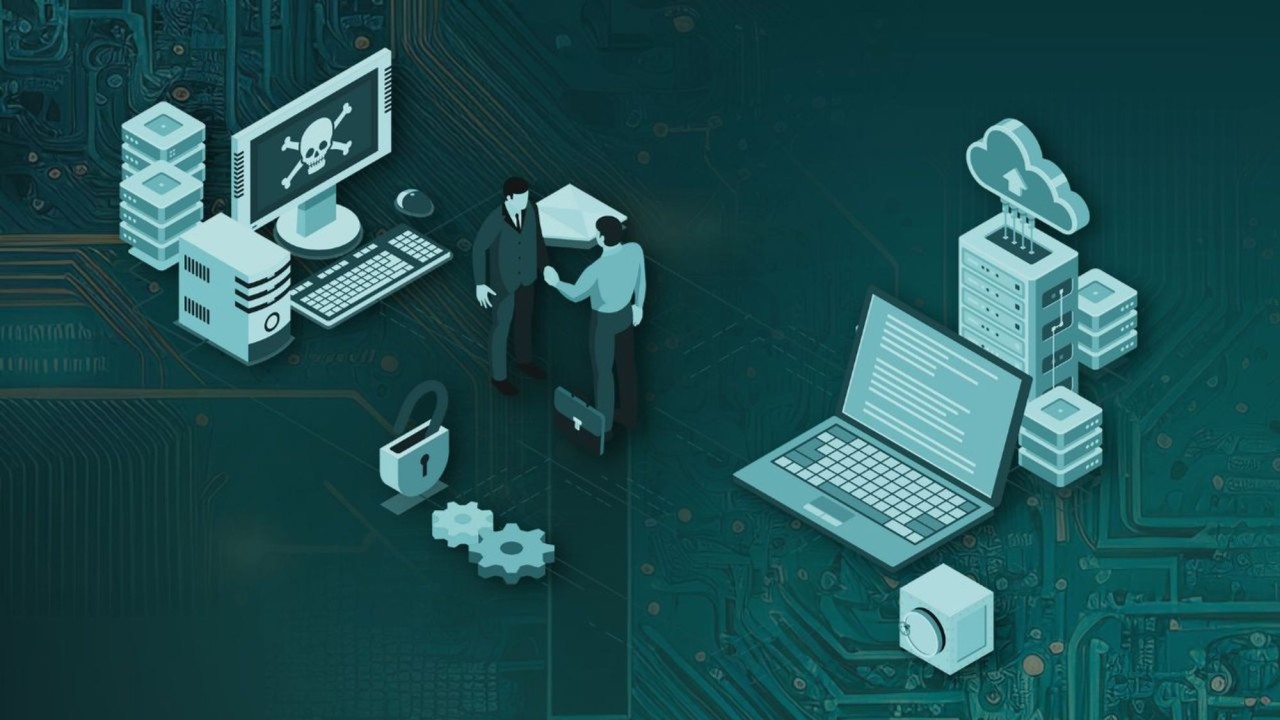Running a small business comes with its fair share of challenges—tight budgets, fierce competition, and limited resources. But one threat that often gets overlooked? Cybersecurity breaches. Contrary to popular belief, it’s not just large corporations that cybercriminals target. Small businesses and startups are frequently preyed upon because they often lack the robust defenses of their larger counterparts.
If you’re a small business owner or entrepreneur, this guide offers practical, budget-friendly cybersecurity measures to help keep your company safe from digital threats. You’ll learn about common cyber risks, cost-effective solutions, and actionable steps to create a solid cybersecurity plan.
Why Cybersecurity Matters for Small Businesses
Imagine what would happen if a cyberattack disrupted your operations. You could face loss of sensitive customer data, reputational damage, or even financial ruin. According to the Cyber Readiness Report 2022, 46% of small businesses faced cyberattacks in the past year, with an average cost of $25,600 per attack.
Smaller companies are particularly vulnerable because many lack dedicated IT teams or the funds to install advanced security systems. This makes affordable and achievable measures essential to safeguarding your business.
Understanding Common Cybersecurity Threats
Before you can protect your business, it’s important to understand the threats you’re defending against. Below are the most common cybersecurity risks small businesses face.
Phishing
Phishing attacks trick employees into revealing sensitive information (such as passwords or credit card details) through fake emails, phone calls, or websites. These scams often appear to come from trusted sources, like a bank or a company executive.
Malware
Malware, or “malicious software,” can infiltrate your systems via email attachments, downloads, or infected websites. It’s designed to corrupt, steal, or hold your data hostage. Common types of malware include viruses, worms, and spyware.
Ransomware
Ransomware attacks lock you out of your systems or data until you pay a ransom to the hackers. Small businesses are frequent targets because they’re perceived to have no choice but to pay to regain access to their data.
Affordable Cybersecurity Measures
The good news? You don’t need a sky-high budget to protect your business. Here are affordable practices and tools to safeguard your company against cyber threats.
Employee Training and Awareness
You can have the best tools in the world, but one phishing click from an employee can compromise them all. Provide mandatory cybersecurity training to ensure your team recognizes warning signs like phishing emails and suspicious websites.
Pro tip: Free platforms like Cyber Aware offer training material tailored to small businesses.
Strong Password Policies
Weak passwords are one of the most common vulnerabilities in any organization. Implement stronger password protocols to reduce risk. Encourage employees to use passwords that include a mix of uppercase and lowercase letters, numbers, and special characters.
Use a password manager like LastPass or Bitwarden to create and securely store unique passwords.
Software Updates and Patch Management
Outdated software is a playground for hackers. Ensure all your software—including operating systems, browsers, and plugins—are updated regularly. Enable automatic updates wherever possible to ensure you always have the latest version.
Budget tip: Updates are free and often include critical security patches. Prioritize this practice!
Firewalls and Antivirus Software
Firewalls act as a barrier between your internal networks and external threats, while antivirus software detects and removes malware. Together, they provide a multi-layered defense against cyberthreats.
Affordable options include ZoneAlarm Free Firewall and AVG Antivirus Free.
Data Backup and Recovery
One of the most effective ways to minimize the impact of a ransomware attack or hardware failure is by having a reliable data backup system in place. Use the 3-2-1 rule:
- Keep 3 copies of your data
- Store them on 2 different types of media (e.g., external drive, cloud)
- Keep 1 copy offsite for disaster recovery
Free or low-cost services like Google Drive and IDrive for Business offer excellent options for smaller budgets.
Free or Low-Cost Tools for Cybersecurity
Leveraging free or affordable tools can amplify your business’s defense without breaking the bank. Here’s a list tailored for small businesses.
- Password Managers: Bitwarden (free for individuals, $10/year per user for businesses).
- Antivirus Software: Avast Free Antivirus or Sophos Home Free.
- Backup Tools: IDrive offers 5 GB of free storage, with scalable paid plans for growing businesses.
- Phishing Defense: Use free browser extensions like Netcraft to flag suspicious websites.
- Firewall Solutions: Cisco Meraki’s small business offerings help secure devices with cost-effective firewall management.
Creating a Cybersecurity Plan: Step-by-Step Guide
Without a formal plan, your cybersecurity efforts might fall short. Follow these five steps to create a practical and actionable plan for your business.
Step 1: Assess Your Risks
Which assets—data, software, or hardware—are most critical to your business? Identify potential weak spots in your infrastructure, such as outdated software or overly accessible employee accounts.
Step 2: Define Your Objectives
What do you want to achieve with your cybersecurity initiatives? For example, you might aim to reduce phishing incidents by 50% or ensure critical data backups are executed weekly.
Step 3: Implement Basic Security Measures
Start with the essentials mentioned earlier—secure passwords, regular updates, and employee training.
Step 4: Document Your Policies
Write down procedures for handling sensitive data, managing software, and responding to breaches. This guide should be accessible to all employees and regularly updated.
Step 5: Monitor and Improve
Cybersecurity is an ongoing process. Conduct regular audits of your systems and protocols to ensure they’re up to date. Use monitoring tools like Splunk or SolarWinds to track network activity and detect anomalies.
Securing Your Business Future
Protecting your business against cyberattacks doesn’t have to drain your budget. With the right mix of awareness, affordable tools, and proactive planning, you can significantly lower your risk without sacrificing your bottom line.
Small steps today can make a big difference tomorrow. Don’t wait for a cyberattack to show you the importance of cybersecurity. Start implementing these best practices now and build a resilient foundation for your business.
If you’re interested in advanced tools or tailored cybersecurity advice, many IT professionals and consultants specifically help small businesses. There’s no better time to fortify your defenses.





